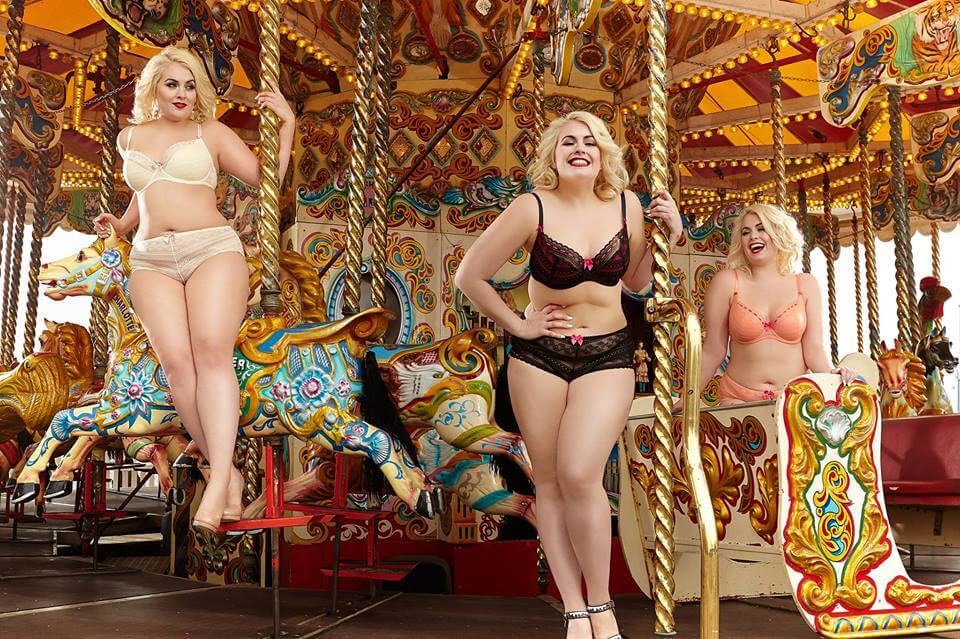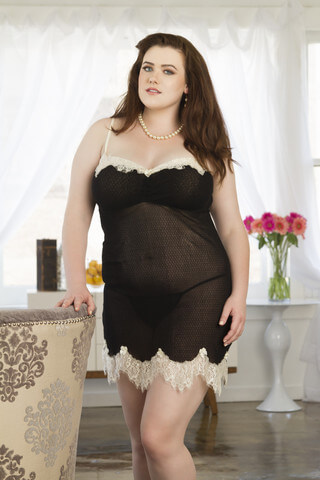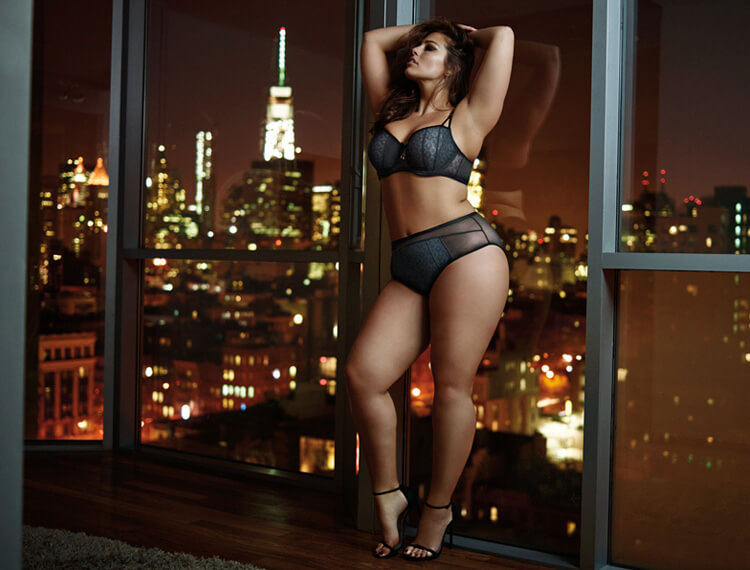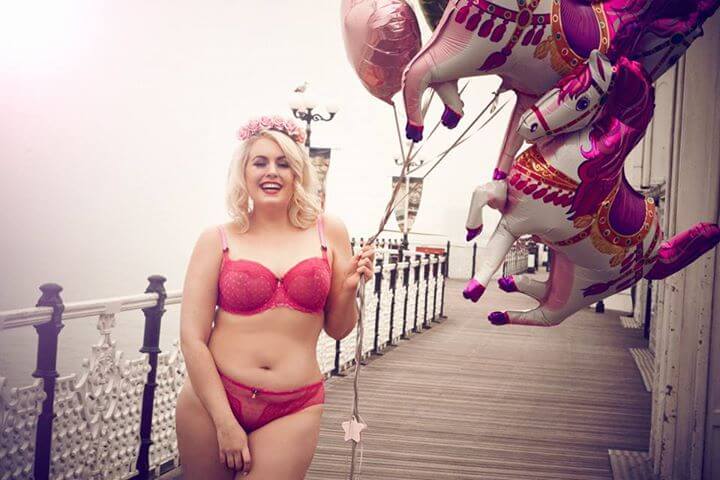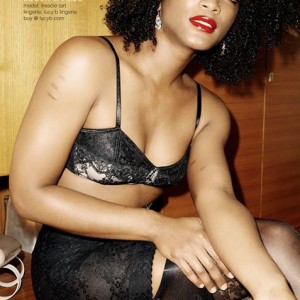The Difference Between Understanding and Monetizing Plus Size Lingerie Consumers
The plus size part of the lingerie market has taken off in the past few years, in part because companies have finally realized plus size consumers have money and are willing to pay for access to lingerie and other fashion items. We've seen this most recently with Nordstrom picking up the Addition Elle line, but it's clear many companies have figured out that plus size customers want to shop just as much as their core size customers. Plus size customers also know their options are limited, which frequently makes them grateful for almost any new option that enters the market. In other words, plus size customers have a reputation as a group that is easy to profit from without much effort.
While companies recognizing that plus size customers have money to spend seems like a good thing, there is a serious downside. Many companies have figured out how to successfully capture plus size dollars, although they don't really understand their plus size customers. Nor, in many cases, do they actually want to. After all, it's easy to make excuses about why plus size consumers should contribute to company profits but don't deserve much extra attention. Plus size customers experience this neglect in all aspects of their shopping experience: items are frequently cheaply made, provide no shape or support, and are plain compared to their core size counterparts. If customers complain, they're quickly relegated to the "angry" segment of plus size customers who aren't willing to spend money on quality lingerie and clothing.
Now that body positivity, diversity and fighting sizeism are cool topics among online consumers, companies want to get in on it. Unfortunately, many only pay lip service to these ideas. I see this behind the scenes when companies talk about only using "attractive" plus size models who are 5'11" with "great legs" or when they talk about lingerie just not "looking the same" on darker skin tones. Unfortunately, many companies have figured out marginalized groups are easy to monetize --- in part because even a bad choice is better than no choice at all. Many of us are desperate for lingerie that fits (really, any lingerie that fits) and lap up even small attempts at acknowledgement.
Some of this is retailer driven, but some of it is a conscious decision by companies who have decided to do the absolute minimum. By providing open support to marginalized consumer groups, companies can create new fanbases and drive tons of sales. However, understanding your new customers just enough to grab their shopping dollars and actually understanding them as people is completely different. Companies have no incentive to put in the extra work as long as consumers aren't asking for anything better --- and in many cases, consumers aren't asking companies to go the extra mile.
As consumers, plus size lingerie lovers been trained to embrace companies who display even minimal support for us and feel grateful for it. However, as we enter a new era of online shopping where consumers have a more direct role in influencing what is designed and sold, I also think we can do much better for ourselves. However, to do so, we'll have to start thinking critically about the companies we buy from.
Before you make your next lingerie purchase, ask yourself this short list of questions about the item and the company you're purchasing it from:
1) Does this company support marginalized customer groups? What kinds of models do they use? What does their social media presence have to say about their philosophy?
2) Is the construction and quality of the item worth the money? Does the design display an understanding of a certain body type or lifestyle?
3) Does this company have a history of supporting diversity and body positivity or is their commitment to it new? Some companies can document an amazing commitment to these issues going way back, but most can't. In those cases, they may just be doing enough to get your money but not enough to actually service you well as a customer.
4) If a company is new, make sure you look at both their advertising and their social media. What do they say on a daily basis? What do their images show? If a company is new, this can also be a great time to actually ask them about their feelings on social media sites. You may not get the boss, but you'll certainly at least be able to hear from someone who knows what the official company position is.
5) Be vocal in your support for newer companies who do display a genuine interest in serving marginalized groups of consumers. Taking a stand on the side of good is risky, expensive, and frequently unpopular. The forward-thinking companies who do need even more support!
In the end, what companies care about most are sales. If a company is making quality plus size pieces and using truly plus size models in their advertising, try saving up for one bra from them versus buying three from a big box retailer. Share advertising campaigns that you love on social media and talk about why. Politely let companies know what you would like to see in the future. Customer feedback, along with sales data, can help a company develop a new line that pleases both customers and furthers their own growth as well.





